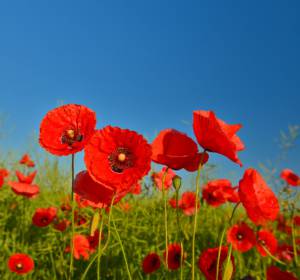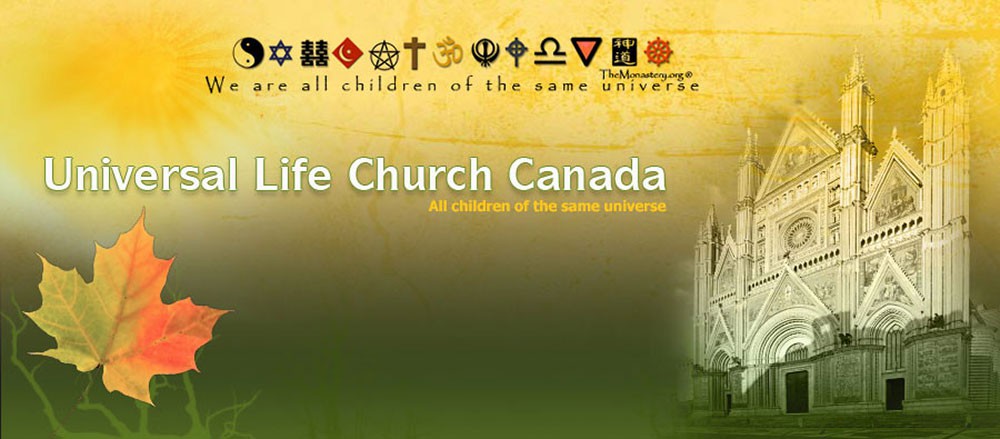What Do the Red Poppies Stand For?

Beginning in November, some people sport red poppies on their lapels to honor those who died in military conflicts. Americans wear red poppies in May for the same reason. White poppies are for those who passed away in service, but not during a conflict. On November 11, we celebrate Remembrance Day. Some churches have special services. If you have family members who passed away during the war, you may go out to their grave and honor them. Canada recognizes Remembrance Day as a national holiday, but for many, it’s just another day off work. Learn more about the importance of this day and why we wear red poppies.
World War I
It was the British Empire that chose to take Canada into the First World War. Nearly 61,000 Canadians died in the conflict, making it the bloodiest war in our history. However, it gave the country confidence to be a world leader. It was in April 1915, at the Second Battle of Ypres where one Canadian division lost over 6,000 men. Major John McCrae, who was serving as a doctor at the time, is thought to have composed a poem, “In Flanders Fields” during his time in this battle as a tribute to his friend, Lieutenant Alexis Helmer. The poem begins:
In Flanders fields the poppies blow
Between the crosses, row on row,
That mark our place; and in the sky
The larks, still bravely singing, fly
Scarce heard amid the guns below.
Why the Poppy?
The Scarlet Corn Poppies thrived in Europe under barren conditions. During the Napoleonic Wars that ravished the land, these poppies were the one plant that grew and covered the land. When the armies arrived in Europe to battle the Germans, soldiers were greeted by fields of poppies that flourished on bare land.
When McCrae used the poppy in his poem as a tribute to the sacrifice, he honored this plant that many almost saw as kind of a weed. In 1921, the Royal British Legion adopted the symbol for those who died in the war and in later conflicts. A few years later, a women’s guild introduced the white poppy as a lasting symbol of peace. Some people saw the white poppy undermining the significance of the red poppy, but these two ideas, honoring those who died and praying for peace, can coexist.
Red Poppies & National Celebrations
Remembrance Day is celebrated on November 11 to mark the end of World War I. Sometimes it is called Armistice Day or Poppy Day. Many other countries celebrate the day, including Australia, New Zealand, Great Britain, and the United States. World War I affected people worldwide, not just where the fighting was, but in countries that sent soldiers to the warfront.
Although the federal government recognizes Remembrance Day, each of the provinces treat the day much differently. In Manitoba, most businesses close from 9 a.m. to 1 p.m. In other places, it’s up to the employer to give decide if they want to give a holiday. Whether you get to take the day off or not, you should remember those valiant men who fought for freedom in foreign wars. If you ever get a chance to attend the official ceremony at the National War Memorial in Ottawa, it’s a tribute that you’ll never forget.
Everyone can get behind the symbolism of the red poppy. The men who fought in the military deserve to be remembered for their service. Make a point to read “In Flanders Fields” by John McCrae. Hear the respect he had for those who served and died on the battlefield. Take a few moments on November 11 to remember the men who gave everything for Canada.

